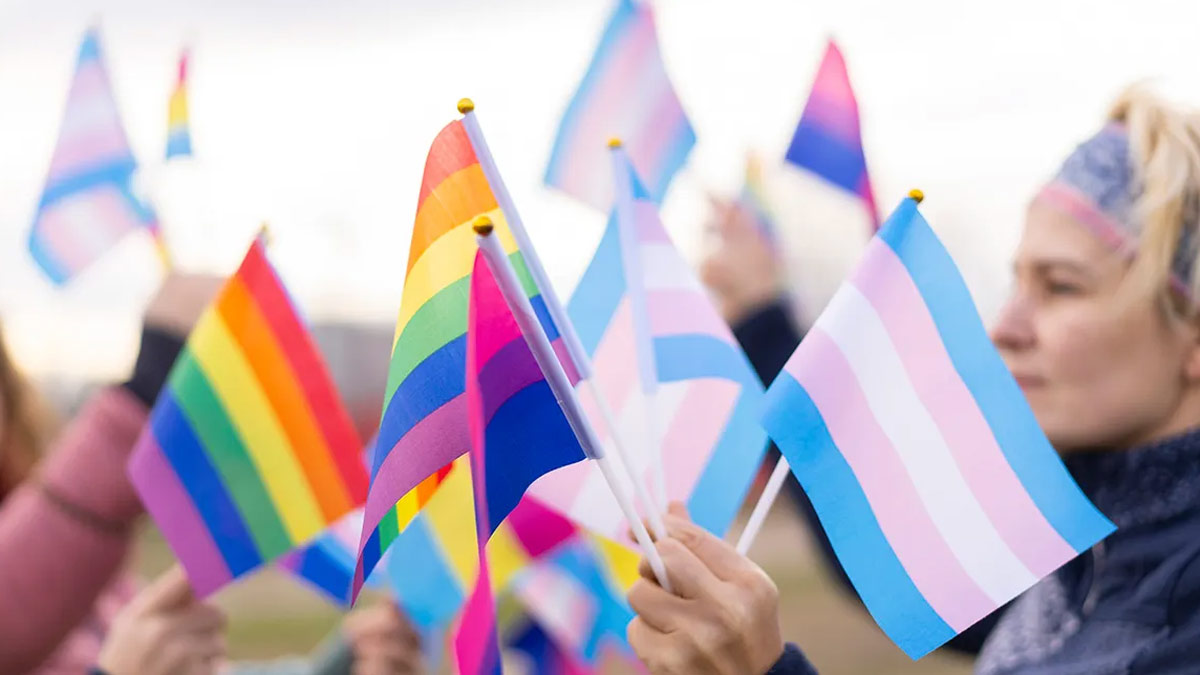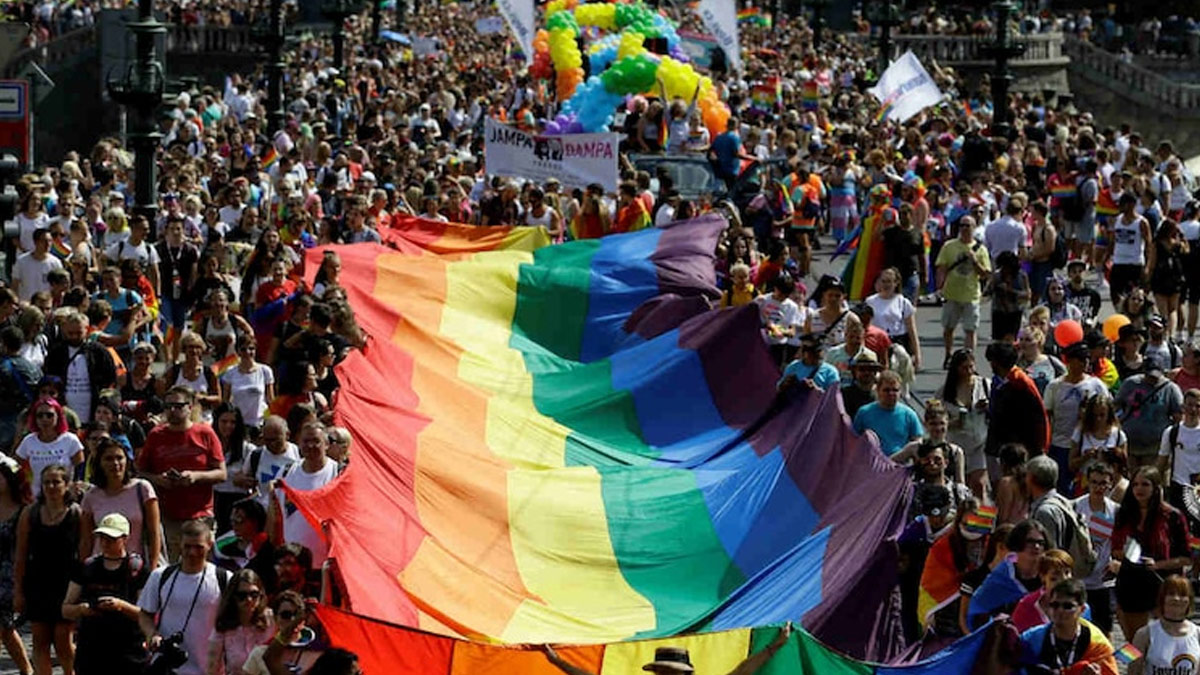
Sexuality is a complex and deeply personal aspect of human identity, and for some, their sexual preferences and feelings can shift and change over time. This evolving nature of attraction has given rise to a lesser-known but increasingly discussed identity: abrosexuality. As more individuals come forward to share their experiences, abrosexuality is gaining recognition in conversations around gender and sexual orientation. One such person, Emma Flint, a woman from the UK, recently opened up about her journey toward understanding and embracing her abrosexual identity.
Table of Content:-
Understanding Abrosexuality
Abrosexuality refers to a fluid form of sexual identity, where a person’s sexual or romantic attraction shifts over time. This identity is particularly marked by variability — an abrosexual individual may find that their sexual preferences change, sometimes frequently. For example, an abrosexual person might feel attracted to men for a while, then experience a shift where they are drawn to women, or perhaps lose sexual attraction entirely for a period.
Abrosexuality stands out due to its flexibility. Unlike other sexual identities that remain relatively constant, abrosexual individuals may find themselves identifying with different labels at various times. Some might resonate with terms like pansexual or bisexual on certain days, while at other times, they might use the label lesbian or simply abrosexual to describe themselves. This fluidity makes abrosexuality unique, offering a framework for those who feel their sexuality is not static.

A Personal Journey: Emma Flint’s Story
Emma Flint’s discovery of abrosexuality began after reading about the term through a social media post by Zoe Stoller, a US-based LGBTQ+ educator and activist. Flint described her experience of learning about abrosexuality as a moment of clarity, where she felt validated and understood for the first time. Before this revelation, Flint had struggled with feelings of confusion regarding her sexuality, often doubting herself because her attractions seemed to fluctuate without explanation. When she finally encountered the term abrosexuality, it felt like a weight had been lifted.
Also Read: India to Expand Suicide Prevention Efforts Beyond Mental Health Focus: Lancet
However, her journey wasn’t without obstacles. After coming out, Flint faced criticism from friends who questioned the legitimacy of her identity. This scepticism is something many abrosexual individuals encounter. Because abrosexuality is a relatively new term, some people find it difficult to understand or accept the concept of fluctuating attraction, leading to misunderstandings and, at times, invalidation of the individual’s experiences.
The Broader Implications of Abrosexuality
Abrosexuality is becoming more recognized, especially among younger generations like Gen Z, who have grown up in a world increasingly open to diverse sexual identities. This openness contributes to a broader acceptance of identities that fall outside traditional definitions of sexuality, giving people the language and freedom to explore who they are without fear of judgment. As conversations around sexual fluidity continue to evolve, abrosexuality is finding its place within the LGBTQ+ community and the larger societal discourse on identity.
Also Read: Understanding Symbiosexuality: The Fascination with Being Attracted to Established Couples
According to experts, abrosexuality fits within the umbrella of multi-sexuality, which includes people who are attracted to more than one gender. However, abrosexuality takes this a step further by acknowledging that a person’s attraction to genders can shift over time, sometimes rapidly. As a result, abrosexuality offers a sense of understanding and belonging for those who feel their sexuality doesn’t fit into rigid categories.
Challenges of Being Abrosexual
For those who identify as abrosexual, navigating romantic relationships can present unique challenges. The fluidity of their attraction can create uncertainty when it comes to long-term commitments. They may worry that their sexual preferences will shift during the course of a relationship, which can cause tension or misunderstandings with a partner. Additionally, some abrosexual individuals may hesitate to label themselves or enter into relationships due to fear that others won’t understand or accept their changing attractions.
Despite these challenges, abrosexual people can and do maintain fulfilling, healthy relationships. The key often lies in open communication and mutual respect. As with any relationship, understanding and adaptability are crucial in helping partners navigate the dynamic nature of abrosexuality.
The Growing Recognition of Abrosexuality
The increasing visibility of abrosexuality is a testament to the expanding spectrum of sexual identities. As more individuals like Emma Flint share their experiences, the term is becoming a valuable tool for those who feel their sexuality fluctuates. Abrosexuality allows people to embrace the fluidity of their sexual identity without feeling pressured to conform to static definitions.
Bottomline
In a world where sexuality is often viewed as binary or fixed, abrosexuality challenges these conventions and offers a different perspective. For those who resonate with the identity, it represents a way to describe their ever-shifting attractions without feeling confined to one label. As awareness grows, abrosexuality is likely to gain further recognition and understanding within the LGBTQ+ community and beyond.
How we keep this article up to date:
We work with experts and keep a close eye on the latest in health and wellness. Whenever there is a new research or helpful information, we update our articles with accurate and useful advice.
Current Version